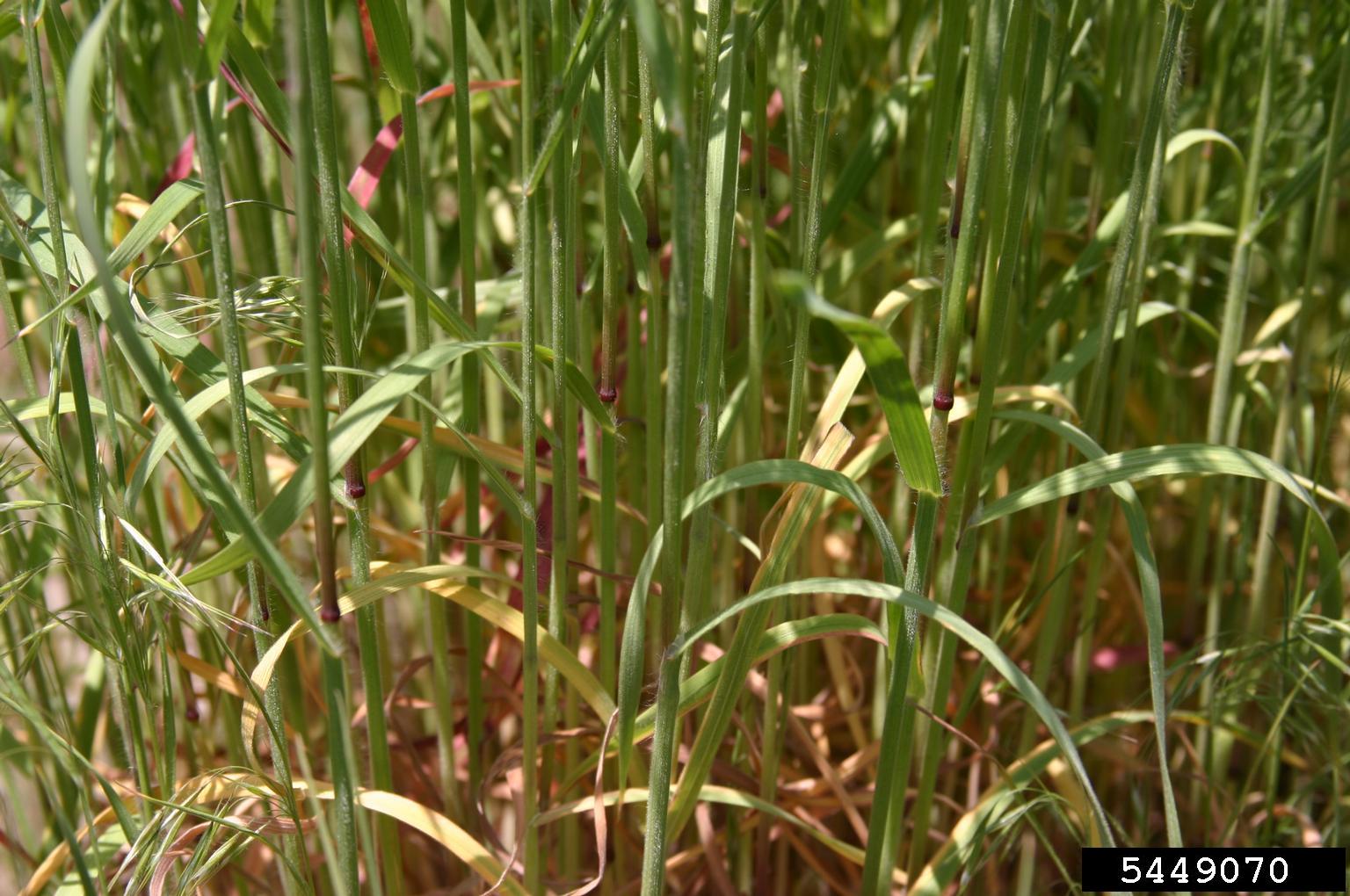
Weed v2
Bromus tectorum
Designation Label
Lorem ipsum dolor sit amet, consectetur adipiscing elit. Proin ac sodales risus. Morbi tristique sed nibh eu malesuada. Proin scelerisque sagittis tortor, eu volutpat erat condimentum ac.
Read more >>>
Designation Label
Lorem ipsum dolor sit amet, consectetur adipiscing elit. Proin ac sodales risus. Morbi tristique sed nibh eu malesuada. Proin scelerisque sagittis tortor, eu volutpat erat condimentum ac.
Read more >>>
Designation Label
Lorem ipsum dolor sit amet, consectetur adipiscing elit. Proin ac sodales risus. Morbi tristique sed nibh eu malesuada. Proin scelerisque sagittis tortor, eu volutpat erat condimentum ac.
Read more >>>
QUICK FACTS
- Aliquam elit dui, porttitor eu ligula eget, aliquet bibendum tortor. Donec tempor sed odio vel bibendum.
- Morbi sagittis mollis felis sit amet efficitur. Proin sapien ipsum, dapibus a venenatis id, tempor non enim. Etiam consectetur tincidunt arcu sit amet efficitur. Mauris dictum dapibus nulla, in accumsan mi lacinia vel. Integer sodales ultricies felis.
- Fusce viverra nulla sed sapien eleifend, ac dictum augue aliquet.
- Nulla sed justo imperdiet, facilisis elit sed, mollis turpis. Suspendisse sodales purus at augue semper condimentum in a diam. Fusce sapien lorem, sollicitudin a lectus nec, sollicitudin ornare sem.
- Suspendisse semper tortor eget mi lacinia blandit. Sed blandit mi sed mauris auctor iaculis. Praesent mattis in nunc ut blandit.
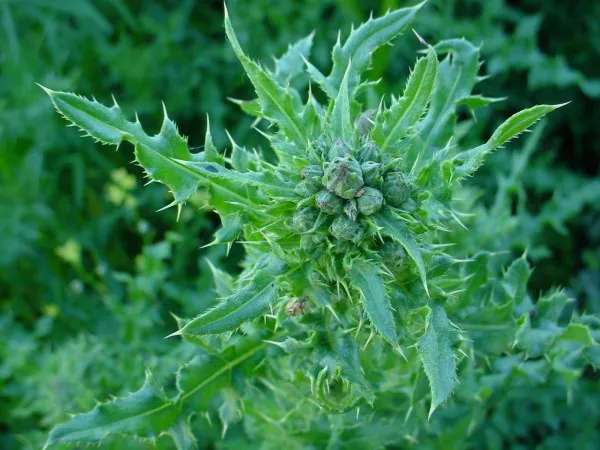
Photo by Gerald D. Carr

Photo by Gerald D. Carr
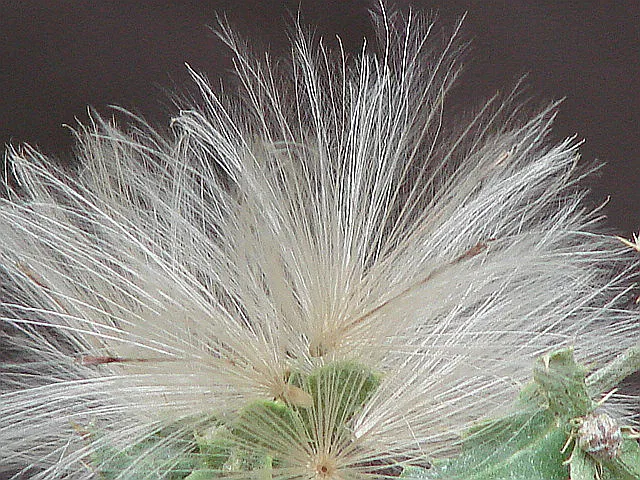
Photo by Gerald D. Carr
1. Overview
Basic overview of cheatgrass goes here. Edit or remove this text inline or in the module Content settings. You can also style every aspect of this content in the module Design settings and even apply custom CSS to this text in the module Advanced settings.
History
Where did cheatgrass come from and how did it get here? How did it become widespread?
Your content goes here. Edit or remove this text inline or in the module Content settings. You can also style every aspect of this content in the module Design settings and even apply custom CSS to this text in the module Advanced settings.
2. ID Guide
What does it look like?
– Tufted bunchgrass, 4 to 30 inches tall
– Leaves are flat blades with a sheath surrounding the stems; leaf and sheath both densely covered with thin hairs
– Base of the leaf has a short “”collar”” – a short translucent membrane of thin hairs (ligule)
– Florets are dense, slender, drooping, 3-6 inches long
– Young plants are green and soft; mature foliage and seedheads are purplish and become tan or brown and very spikey as it dries up”
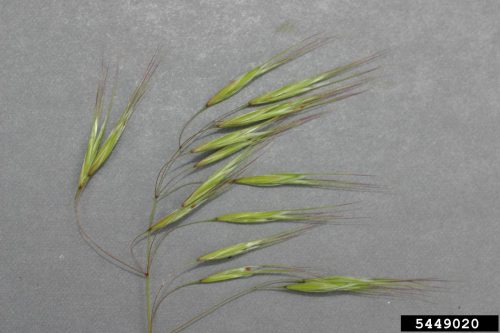
Photo (c) Leslie J. Mehrhoff, University of Connecticut, Bugwood.org
detailed flower info
detailed leaf info
detailed fruit & seed info
Phenology
– Seeds typically germinate in early fall when moisture increases, and grow rapidly until temperatures drop
– While aboveground growth is limited in the winter, root development continues even through near-freezing soil temperatures; by spring, its root system is almost fully developed and has effectively gained control of the site
– Once temperatures begin warming up in late winter or early spring, cheatgrass develops rapidly; within 2 to 3 months, it may already have flowered, gone to seed, and fully dried up. You will notice the once soft and green florests are now purple to brown, dry and pokey
– Usually flowers in spring; seeds shatter within a week of reaching maturity; plants die and dry up soon after
3. Infestation Basics
Where does it grow and how does it spread?
In its native range, cheatgrass is adapted to X type of habitat, where it serves as forage for Y species. It prefers X type of soil and needs such and such amount of water. It reproduces by seed, but most of its invasive spread is due to its network of underground rhizomes. Here in New Mexico, it has become invasive in our environment.
Risk factors for invasion
– According to the Forest Service, “”Cheatgrass is especially prevalent in the early stages [after a fire burns] or following other disturbances when shrubs, trees, and perennial grasses are removed”” (USFS Fire Effects)
– Thrives in dry, sandy soils where there is little competition from other vegetation, including desert soils
– Invasions in both natural and managed settings are prompted by soil disturbance and loss of existing vegetation; overgrazing, cultivation, or fire in areas as diverse as hillsides, ditch banks, rangelands, pastures, orchards, natural areas, roadsides, recently burned or abandoned areas
– Overgrazed and burned areas are particularly susceptible to invasions
– 6-22″” precipitation
– Reproduces by seed only
– Common cropland pest often found as a contaminant in crop seed, especially non-irrigated cool season crops such as alfalfa and cereals
Impacts
Here is a short, impactful summary of the worst effects of allowing cheatgrass to spread unabated throughout our landscape.
Impact 1 |
Detailed description of impact here, feel free to be as detailed as you can. |
Impact 2 |
Detailed description of impact here, feel free to be as detailed as you can. |
Impact 3 |
Detailed description of impact here, feel free to be as detailed as you can. |
Impact 4 |
Detailed description of impact here, feel free to be as detailed as you can. |
4. Management Strategies
Managing a cheatgrass infestation can be challenging. Here a short summary of how to think about this challenge and the most important things to keep in mind.
DO’s
- Good thing to do
- Good thing to do
- Good thing to do
- Good thing to do
- Good thing to do
- Good thing to do
DON’Ts
- thing not to do
- thing not to do
- thing not to do
Quick summary of managing cheatgrass using non-chemical methods
Strategy 1 |
|
Strategy 2 |
|
Strategy 3 |
|
Strategy 1 |
|
Strategy 2 |
|
Strategy 3 |
|
Strategy 1 |
|
Strategy 2 |
|
Strategy 3 |
|
- CHEMICAL
- Growth Regulators
- Lipid Synthesis Inhibitors
- Aromatic Aminoacid Inhibitors
- Branched Chain Aminoacid Inhibitors
- Photosynthetic Inhibitors
From UC Davis:
“The following specific use information is based on published papers and reports by researchers and land managers. Other trade names may be available, and other compounds also are labeled for this weed. Directions for use may vary between brands; see label before use. Herbicides are listed by mode of action and then alphabetically. The order of herbicide listing is not reflective of the order of efficacy or preference.”
Your content goes here. Edit or remove this text inline or in the module Content settings. You can also style every aspect of this content in the module Design settings and even apply custom CSS to this text in the module Advanced settings.
Your content goes here. Edit or remove this text inline or in the module Content settings. You can also style every aspect of this content in the module Design settings and even apply custom CSS to this text in the module Advanced settings.
Your content goes here. Edit or remove this text inline or in the module Content settings. You can also style every aspect of this content in the module Design settings and even apply custom CSS to this text in the module Advanced settings.
Your content goes here. Edit or remove this text inline or in the module Content settings. You can also style every aspect of this content in the module Design settings and even apply custom CSS to this text in the module Advanced settings.
Your content goes here. Edit or remove this text inline or in the module Content settings. You can also style every aspect of this content in the module Design settings and even apply custom CSS to this text in the module Advanced settings.
5. Gallery
NMSU’s Extension Weed Specialist Dr. Leslie Beck on the Canada Thistle
This video is specific to Canada thistle in Taos County and was the result of a collaboration between Taos Soil & Water Conservation District and New Mexico State University.
6. References & Further Reading
References
- Author’s Last Name, Initial(s). (Year, Month Day of publication). Title of work. Website. https://URL
- Author’s Last Name, Initial(s). (Year, Month Day of publication). Title of work. Website. https://URL
- Author’s Last Name, Initial(s). (Year, Month Day of publication). Title of work. Website. https://URL
Further Reading
- Author’s Last Name, Initial(s). (Year, Month Day of publication). Title of work. Website. https://URL
- Author’s Last Name, Initial(s). (Year, Month Day of publication). Title of work. Website. https://URL
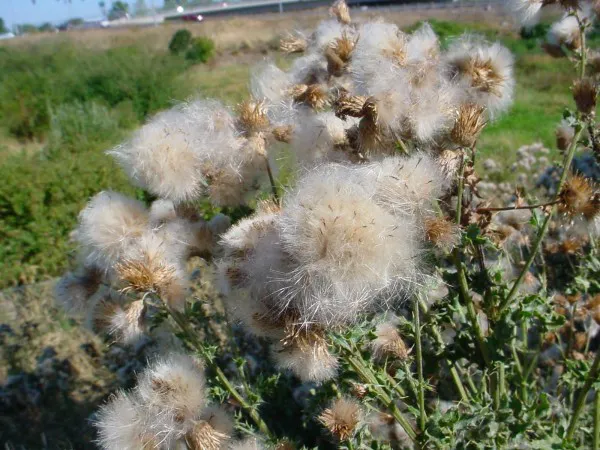
Photo by Gerald D. Carr
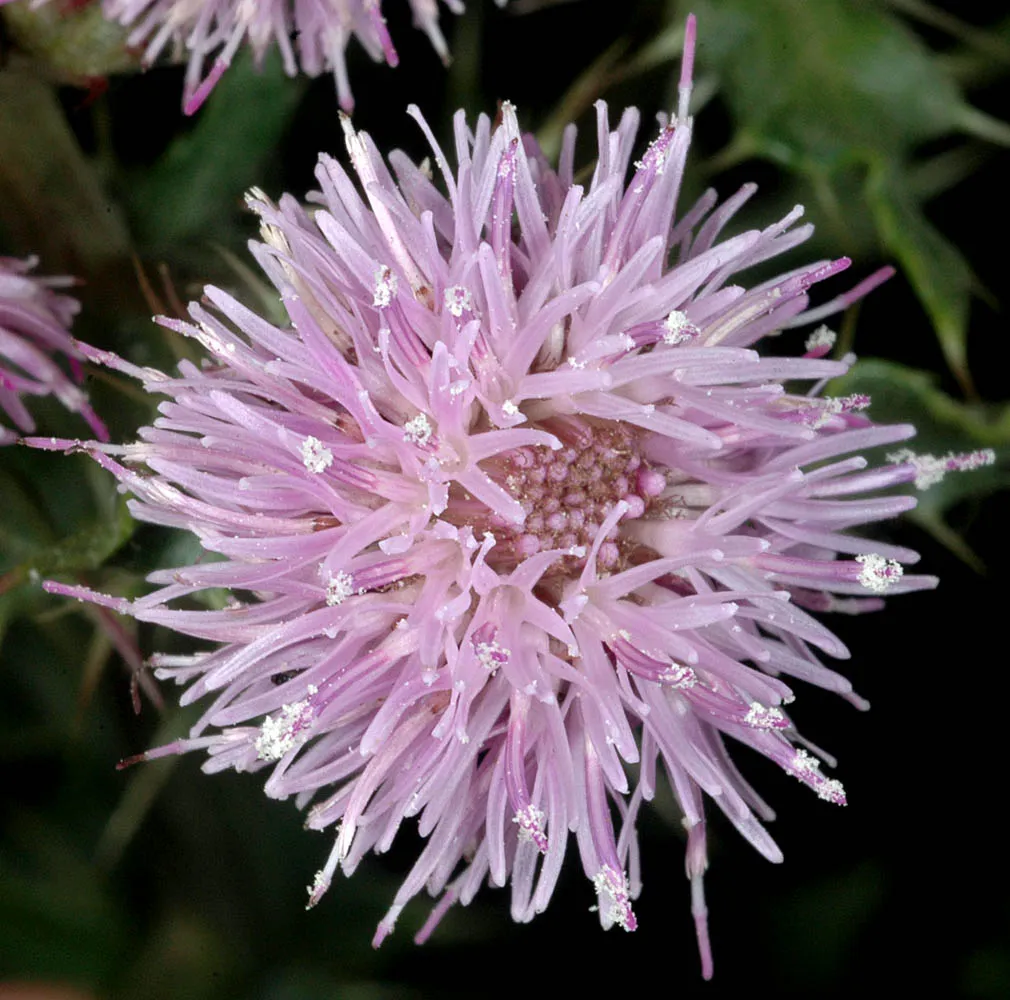
Photo by Gerald D. Carr
Did you know?
Nec litora facilisi quisque nunc egestas enim curabitur molestie nam dictumst metus cum donec nascetur.
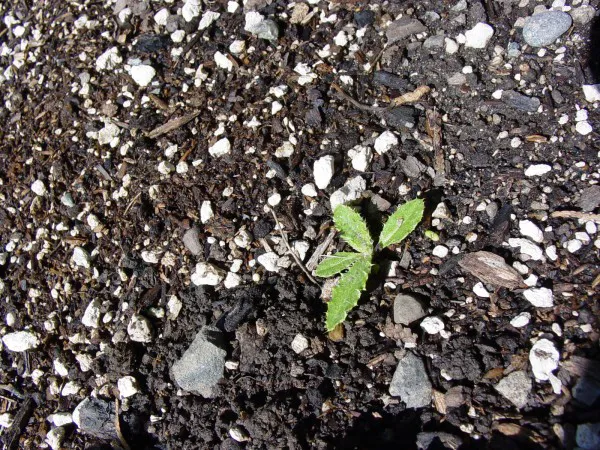
Photo by Gerald D. Carr
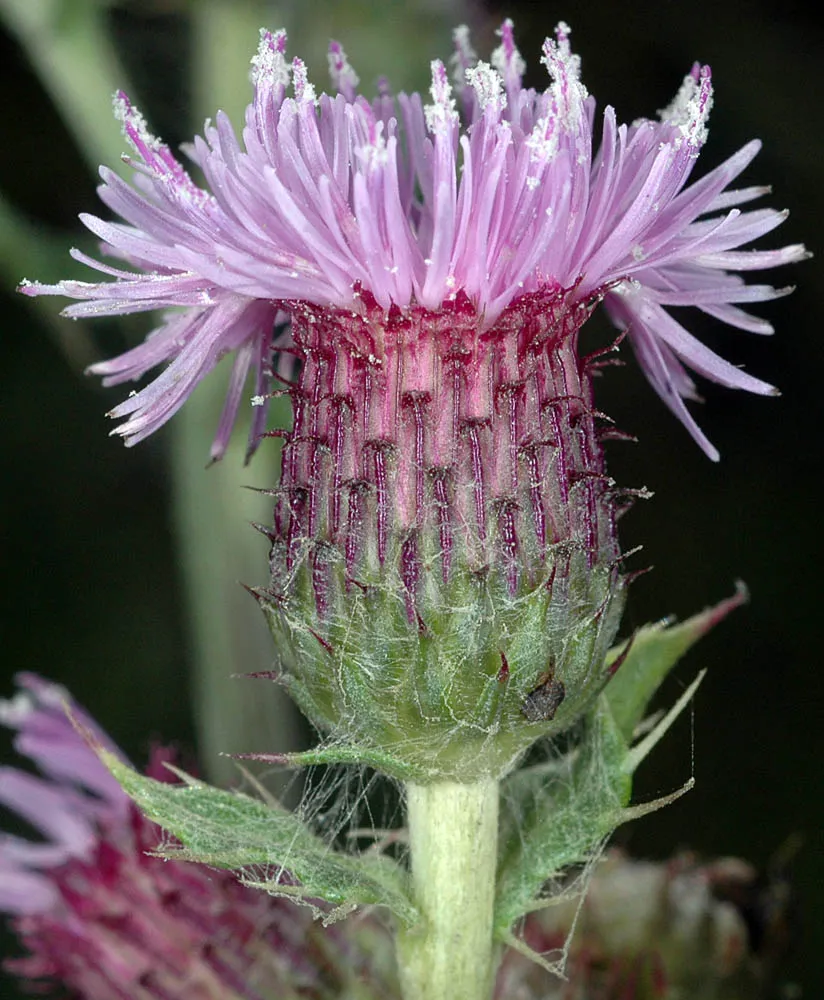
Photo by Gerald D. Carr
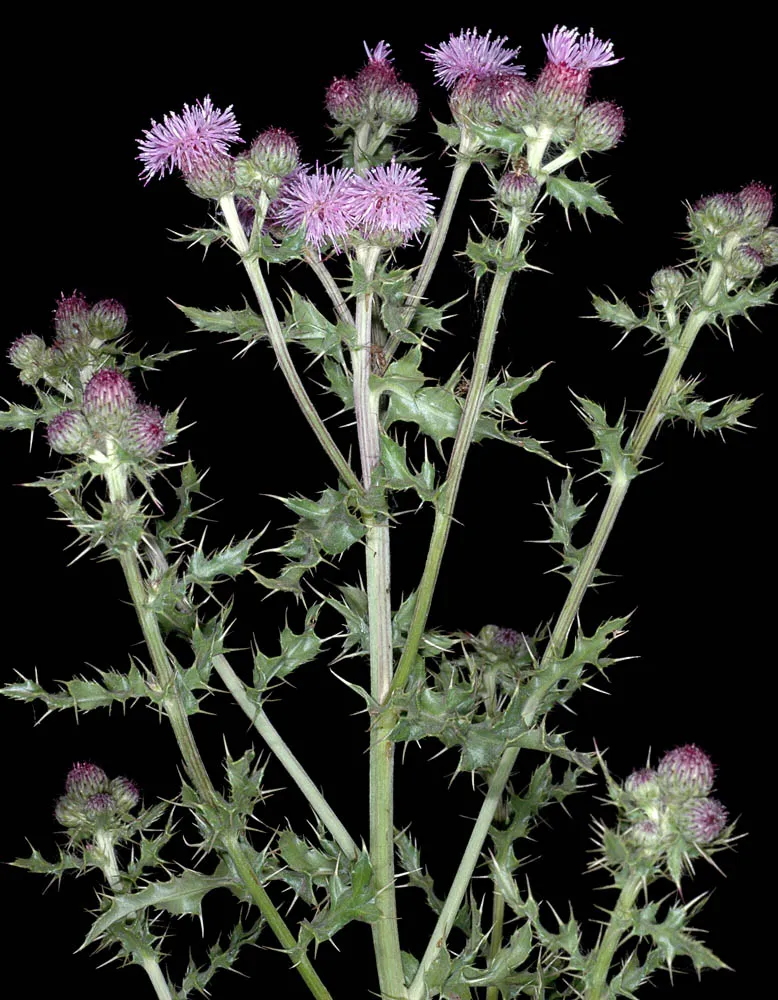
Photo by Gerald D. Carr
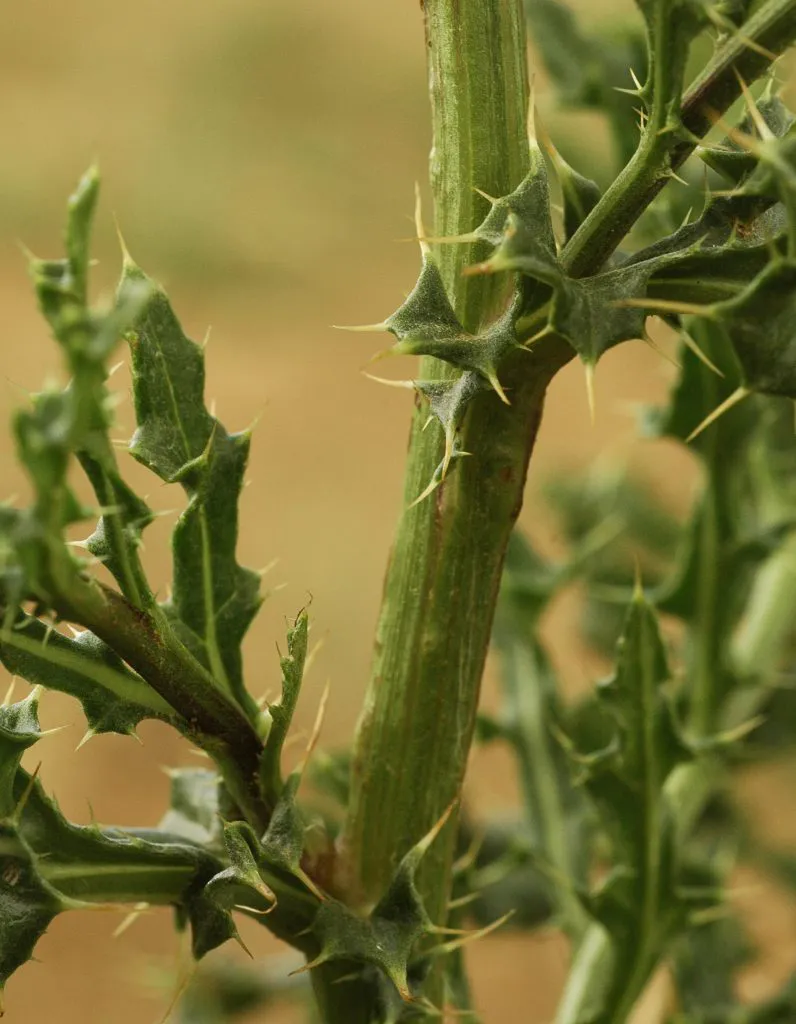
Photo by Gerald D. Carr

Photo by Gerald D. Carr
Did you know?
Nec litora facilisi quisque nunc egestas enim curabitur molestie nam dictumst metus cum donec nascetur.

Photo by Gerald D. Carr

Photo by Gerald D. Carr
Did you know?
Nec litora facilisi quisque nunc egestas enim curabitur molestie nam dictumst metus cum donec nascetur.

Photo by Gerald D. Carr
Did you know?
Nec litora facilisi quisque nunc egestas enim curabitur molestie nam dictumst metus cum donec nascetur.

Photo by Gerald D. Carr

Photo by Gerald D. Carr
